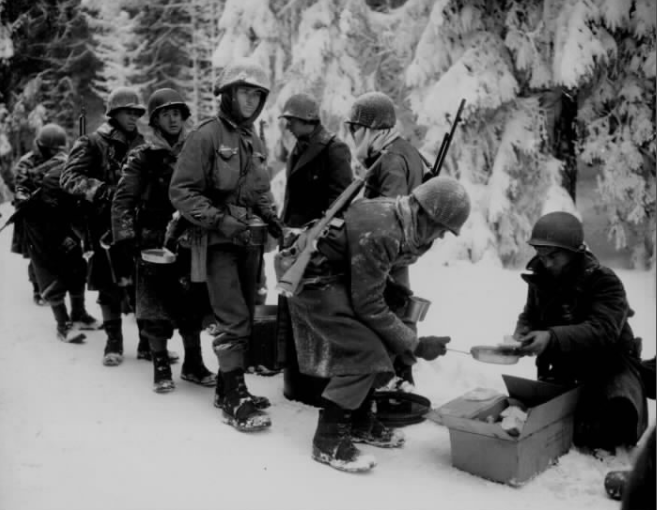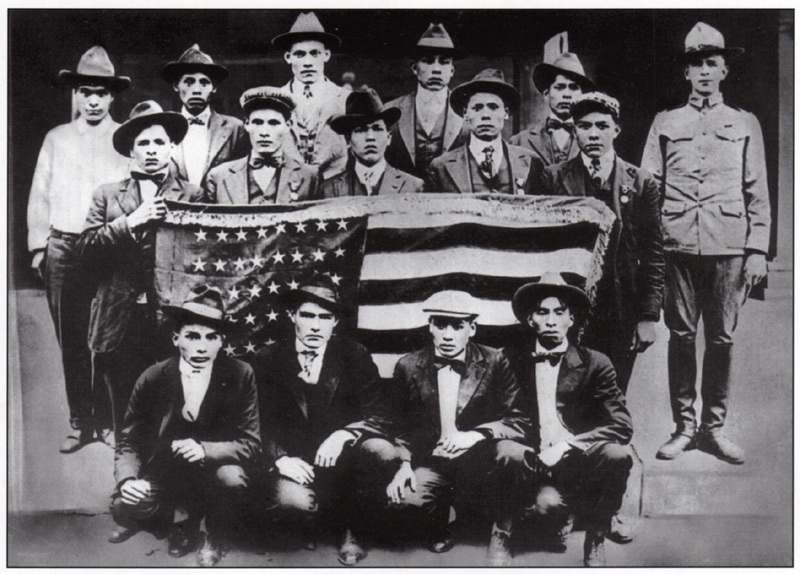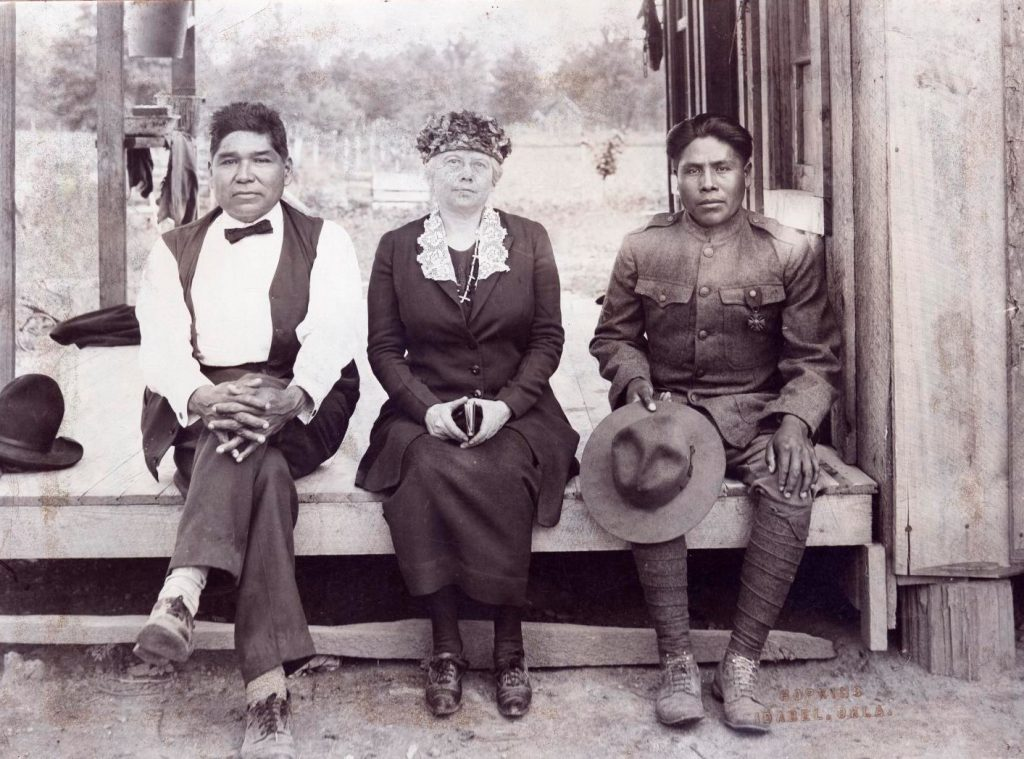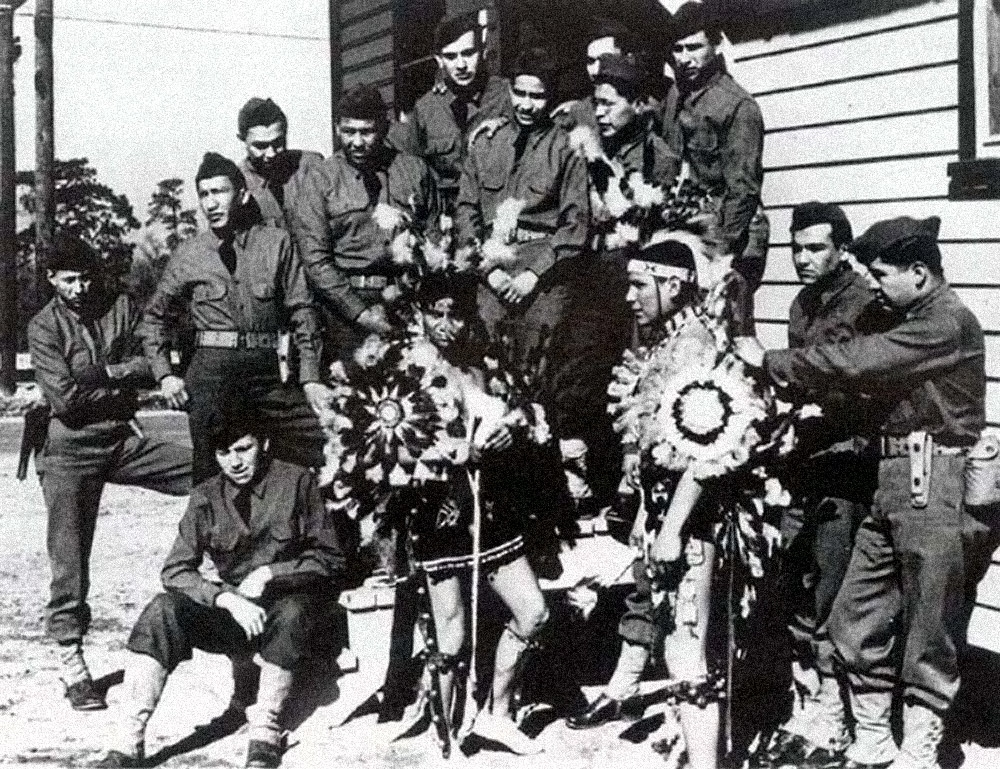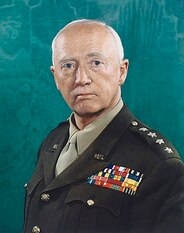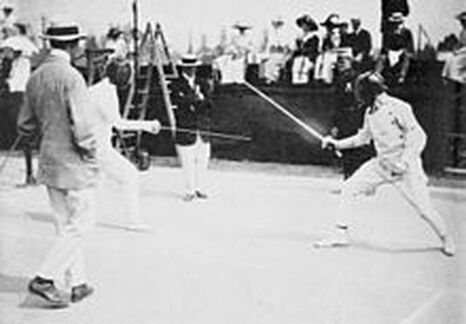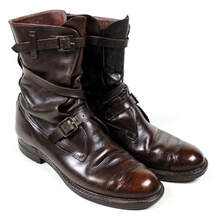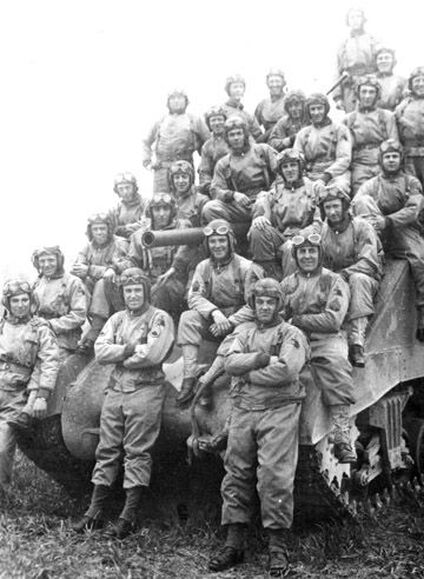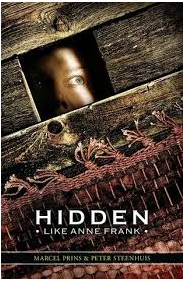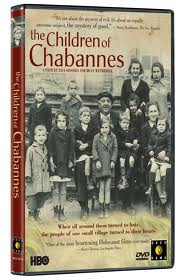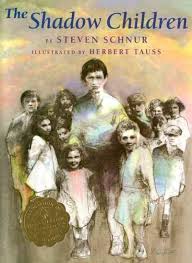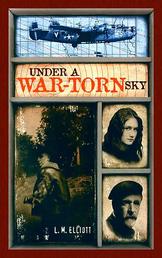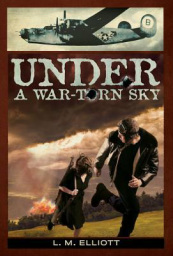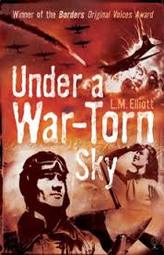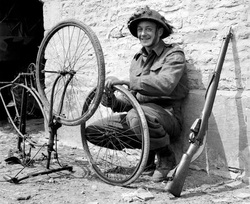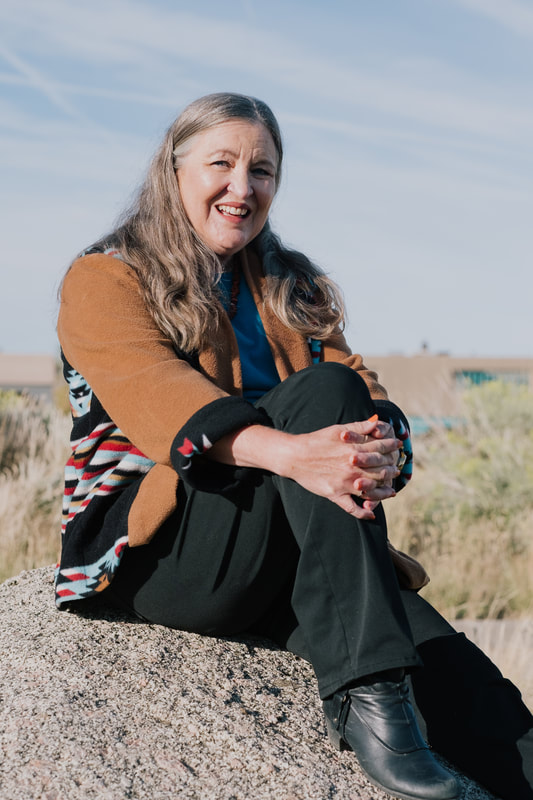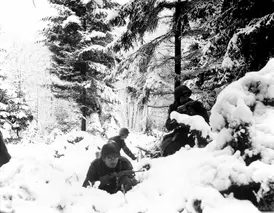
Christmas was definitely not celebrated in style among the troops. In front line hospitals, Bing Crosby’s “White Christmas” played on an old gramophone and champagne was served, but nearby, piles of undelivered Christmas cards and packages were drenched with gasoline and set on fire to keep them out of German hands. Years later, Lt. Robert I. Kennedy recalled his Christmas dinner he shared with three other soldiers:
“One can of hamburger patties and one can of mashed potatoes so cold they were almost frozen. No one had any mess kits or any utensils, so each man reached dirty, bare hands into one can for one patty and with the other dirty hand for a fistful of mashed potatoes.”
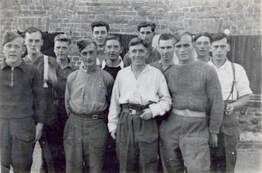
The prisoners in Stalag Luft III wrote that they had a gigantic “bash,” and were allowed to roam the grounds. Alcohol, made by fermenting raisins from aid packages, flowed in several camps. Many camps had Christmas concerts and services. The Christmas pageant at Stalag Luft III was so well attended that not all of the 11,000 POWs were able to attend in the 700 seat auditorium, even though they gave multiple performances. German guards in Stalag VIIA gave their prisoners small Christmas trees from guards, which the men decorated with snowflakes cut from tin cans, lint, food labels, and nails.
 Donald G. Cassidy Collection (AFC/2001/001/1599), Veterans History Project, American Folklife Center, Library of Congress
Donald G. Cassidy Collection (AFC/2001/001/1599), Veterans History Project, American Folklife Center, Library of Congress  Ministry of Information Photo Division Photographer, Public domain, via Wikimedia Commons
Ministry of Information Photo Division Photographer, Public domain, via Wikimedia Commons 
